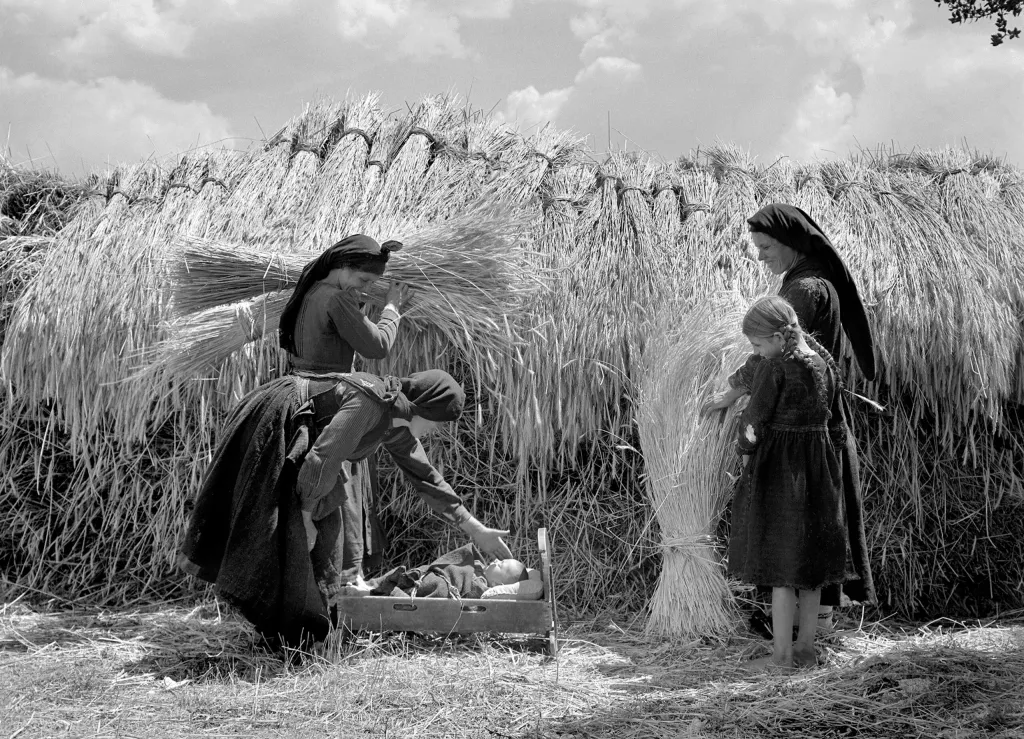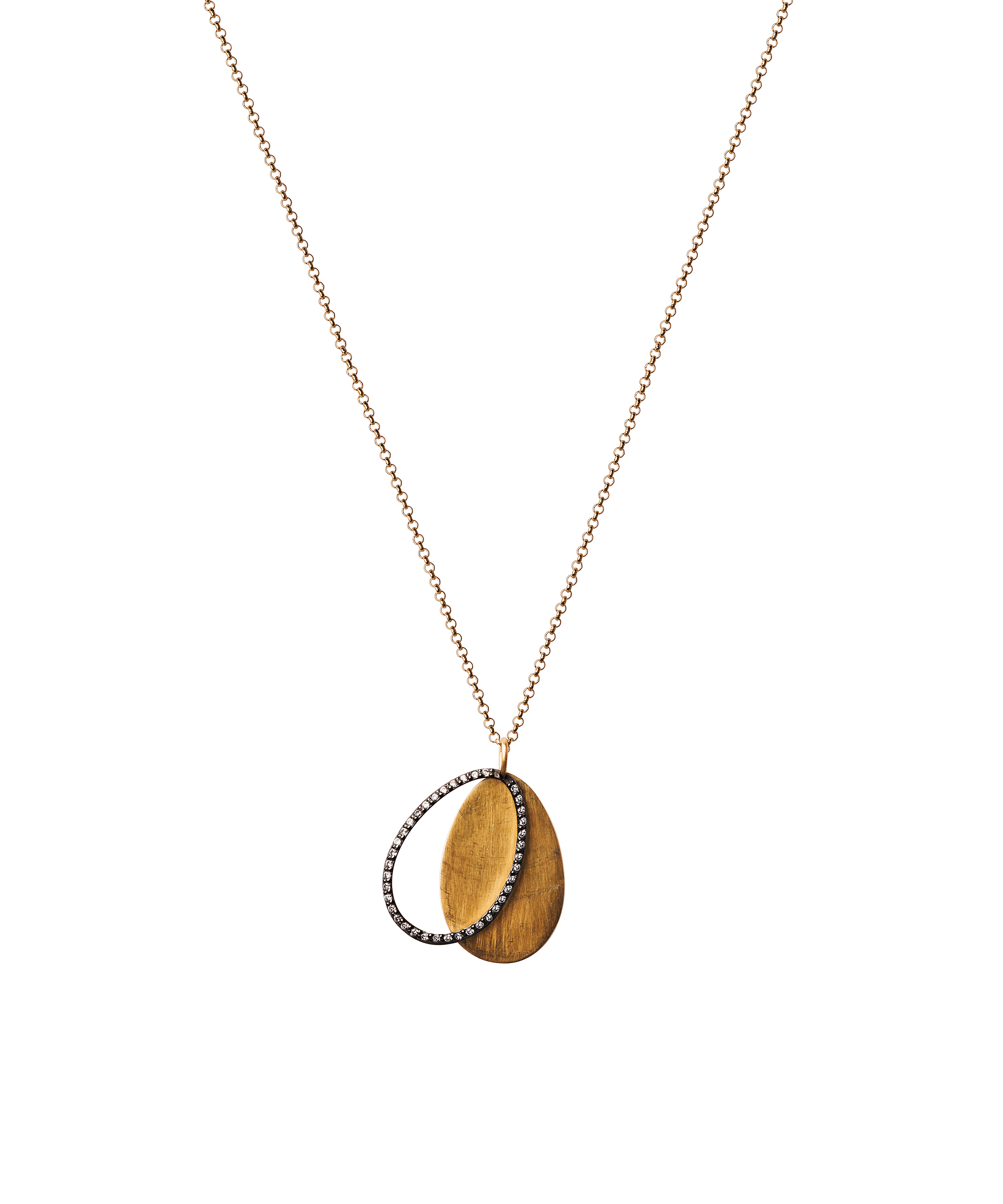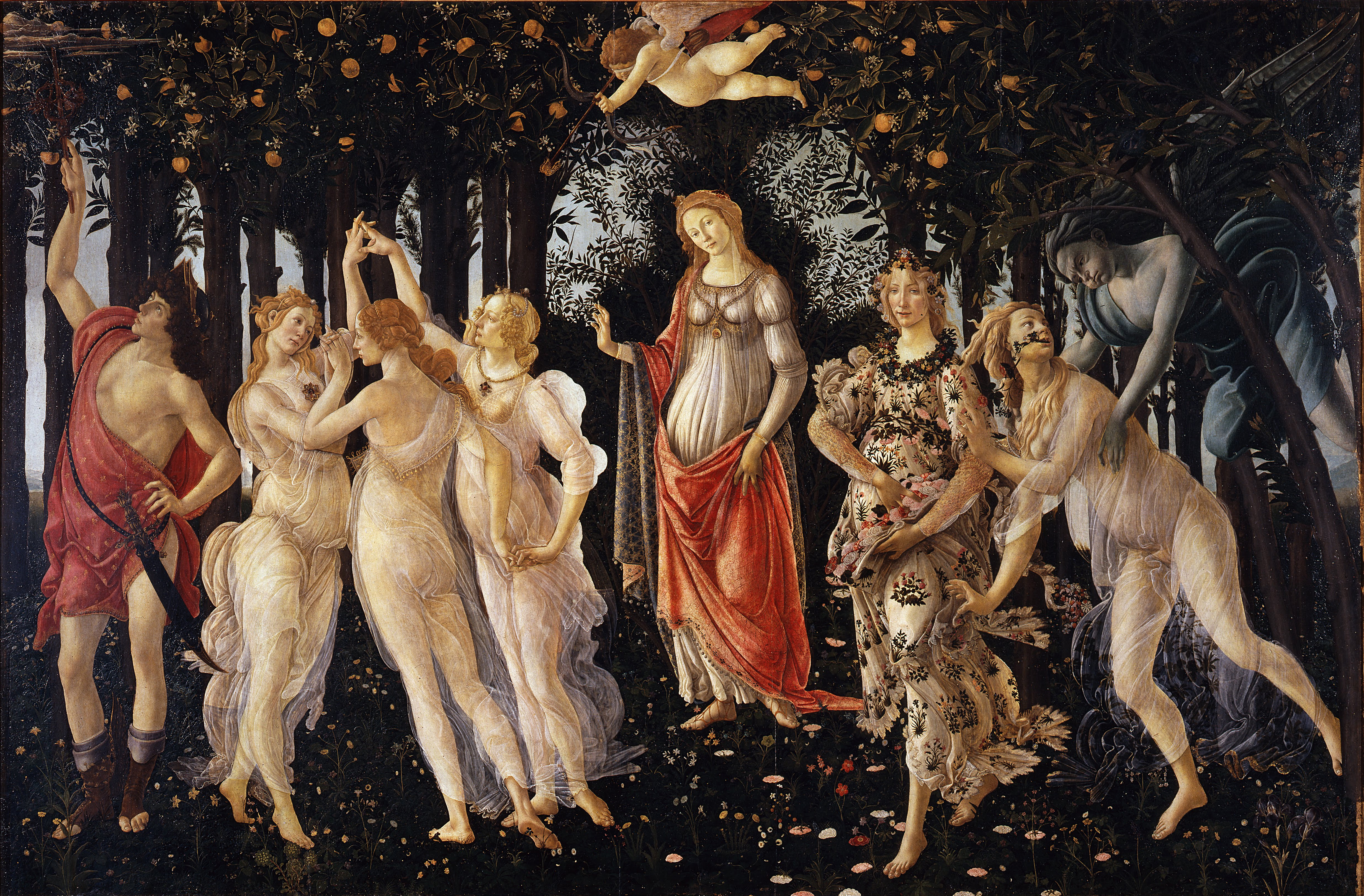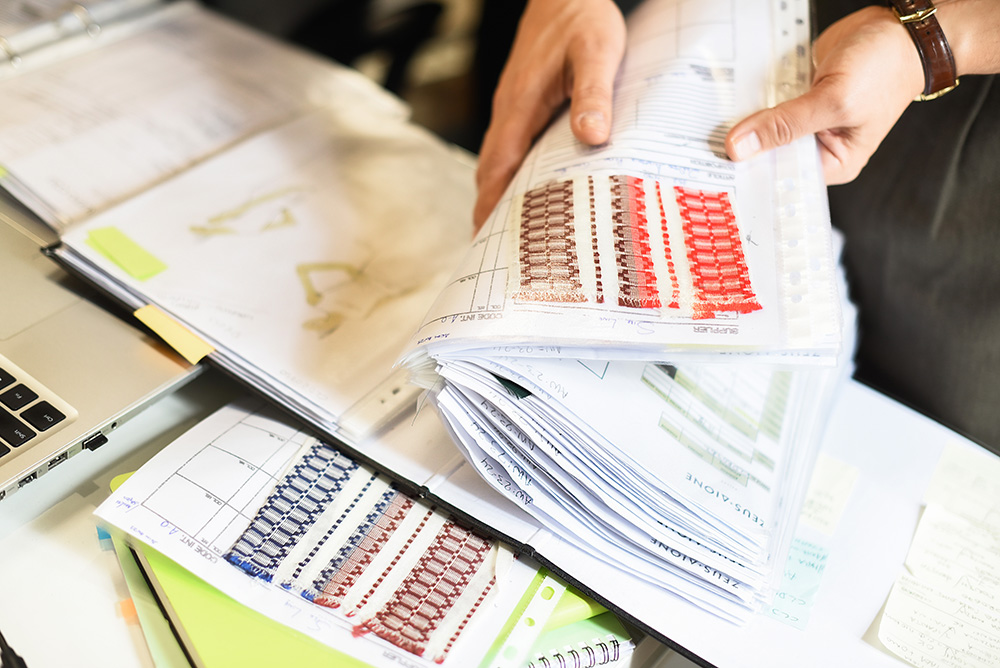From the Hands of Artisans: The Small Trades of Greece
Amid our country's cultural story, a treasure trove of craftsmanship blooms, cultivated by the devoted hands of skilled artisans. These trades once stood as pillars in Greece's transformative journey, integrated into its economic, social, and cultural framework, leaving a lasting imprint on its heritage. However, the age of industrialization reshaped traditional craftsmanship. While some professions quietly faded or found refuge within museum walls, a select few persevered, spanning generations, preserving an age-old wisdom—a testament to their technical finesse and dedication. The SMALL TRADES Resort'24 collection serves as an ode to this enduring legacy, honoring their techniques, commitment, and the profound impact. Here, we've handpicked some of the most significant "small trades," presented through archival images and informative texts.
Image: Epirote women working the haystacks near Ioannina, 1937/38, by Elli Sougioultzoglou Seraidari (Nelly’s), The Benaki Museum Photographic Archives
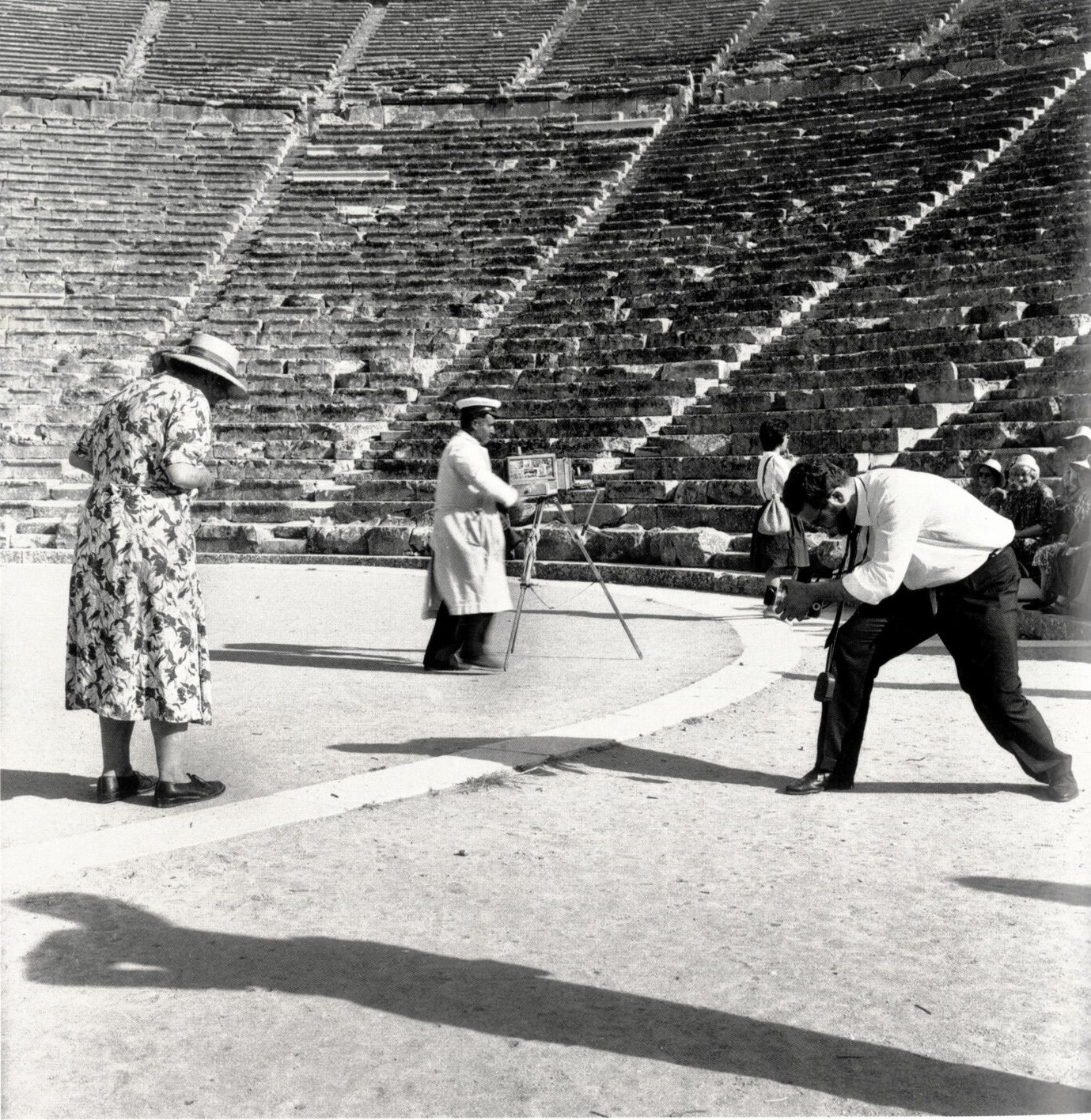
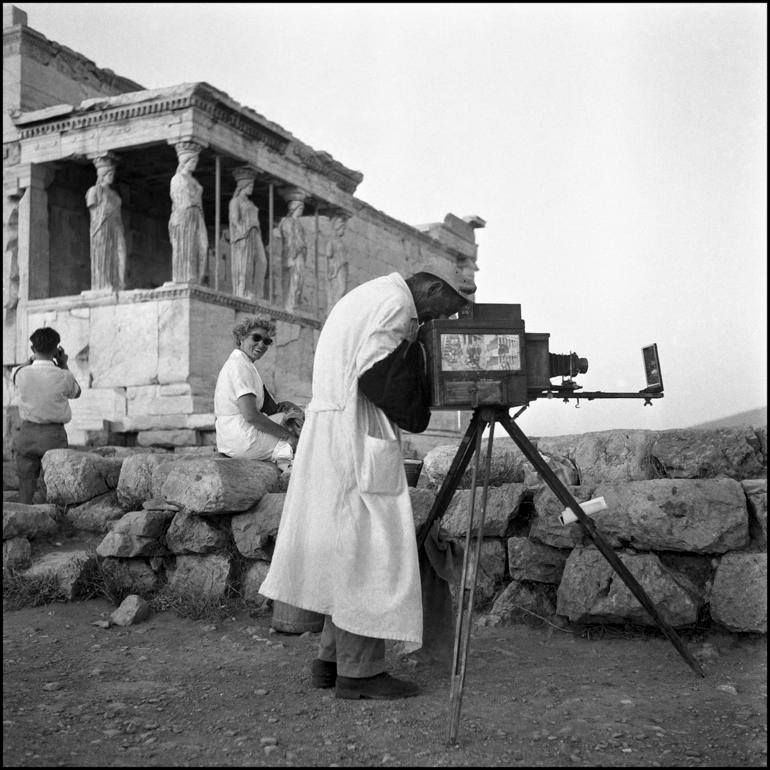
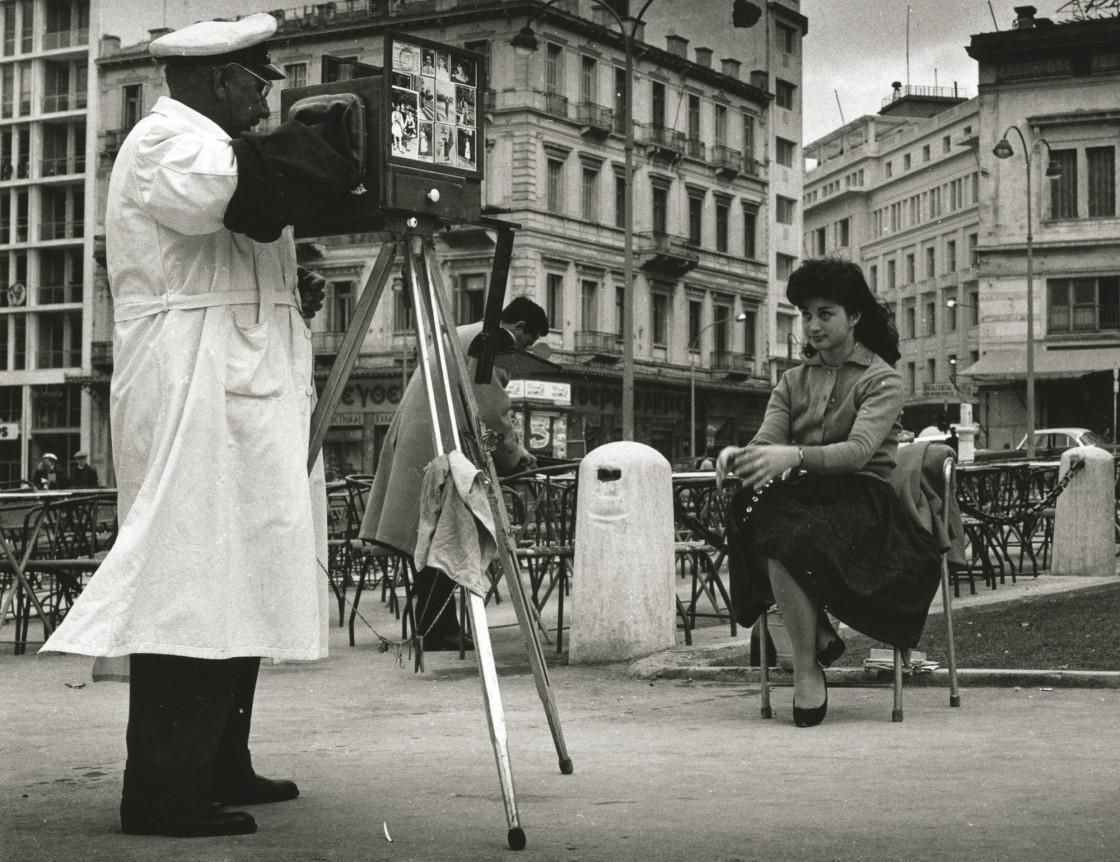
The outdoor photographers
From the early 20th to the early 21st century, these wandering artisans captured Greek life, roaming streets, events, and landmarks like the Acropolis, the White Tower, or the bustling Syntagma Square. Clad in white aprons, equipped with versatile gear, they offered on-site souvenir photos and identification documents, using paper negatives for quick image delivery before instant cameras. Their method was simple and direct: they captured photos on the spot, took deposits, processed the images, and delivered finished prints to clients at a central café or store, ensuring a straightforward transaction.
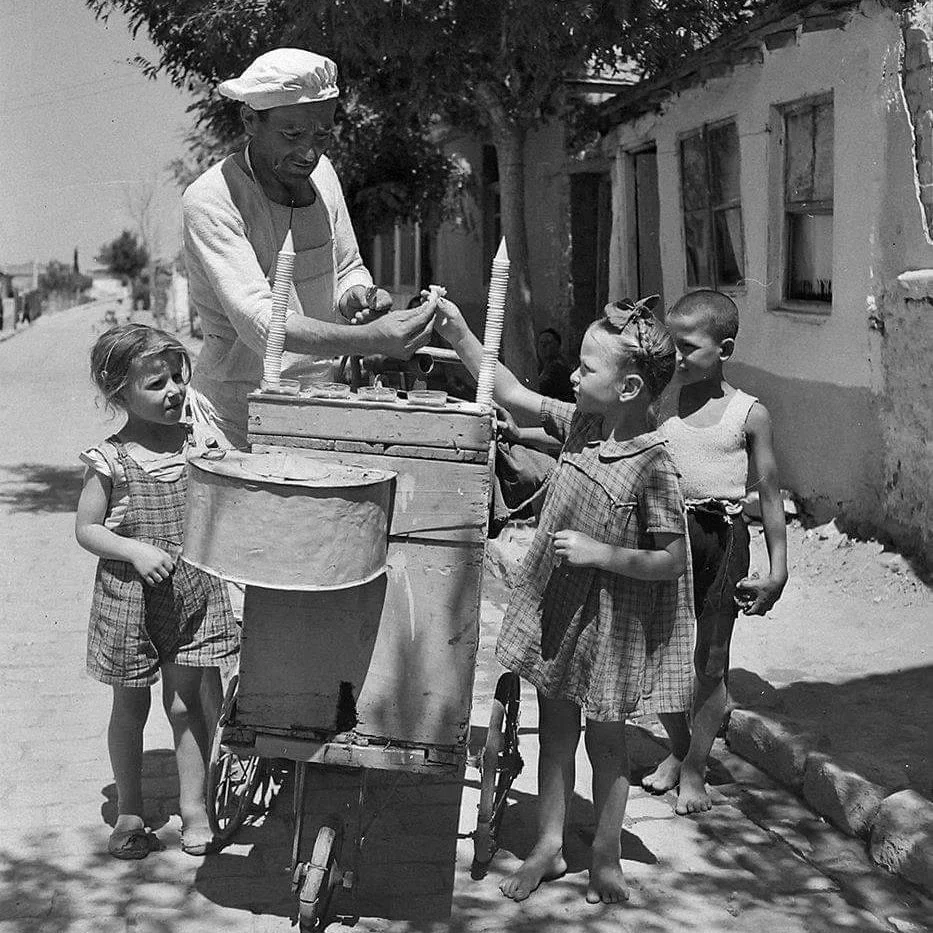
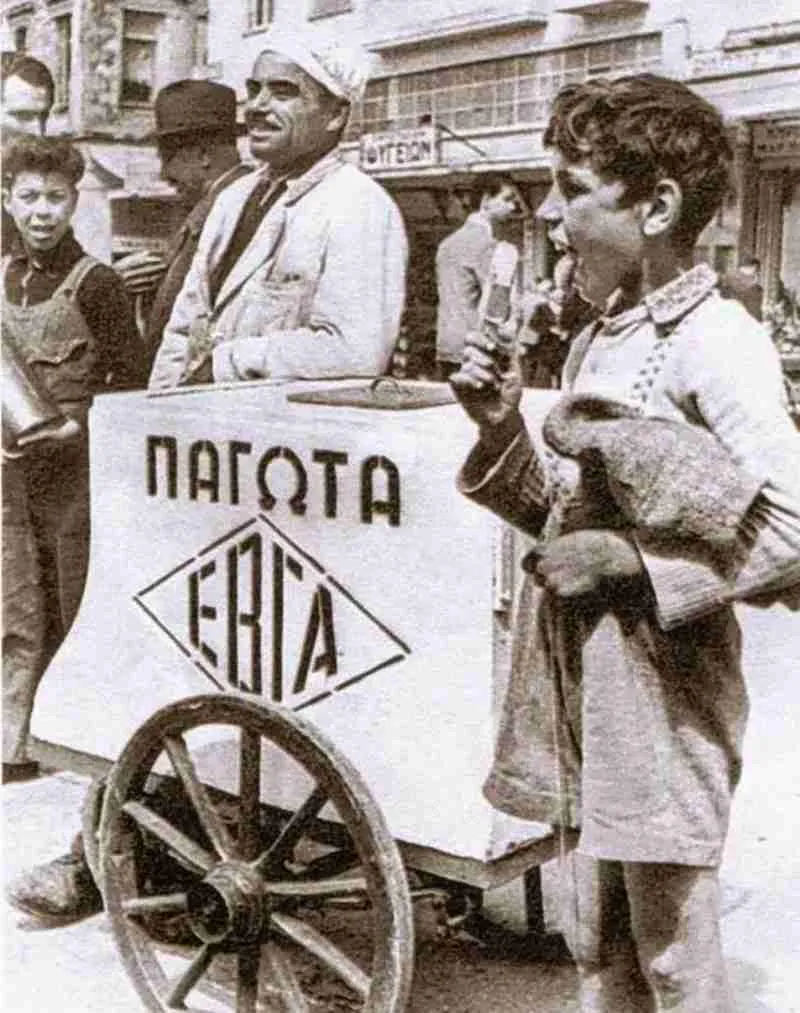
The Ice-Cream Vendors
Prevalent before supermarkets, ice cream vendors were iconic in Greek summers, traversing neighborhoods with tricycles or carts, selling treats at schools, churches, weddings, squares, and events. Their carts stocked with creamy treats and cones, these vendors carried containers of ice layered with salt to preserve a below-zero temperature. Inside, a smaller vessel held the ice cream, regularly stirred with a large wooden spoon to maintain its texture. These roaming vendors were emblematic of a post-war Greece embracing modernization.
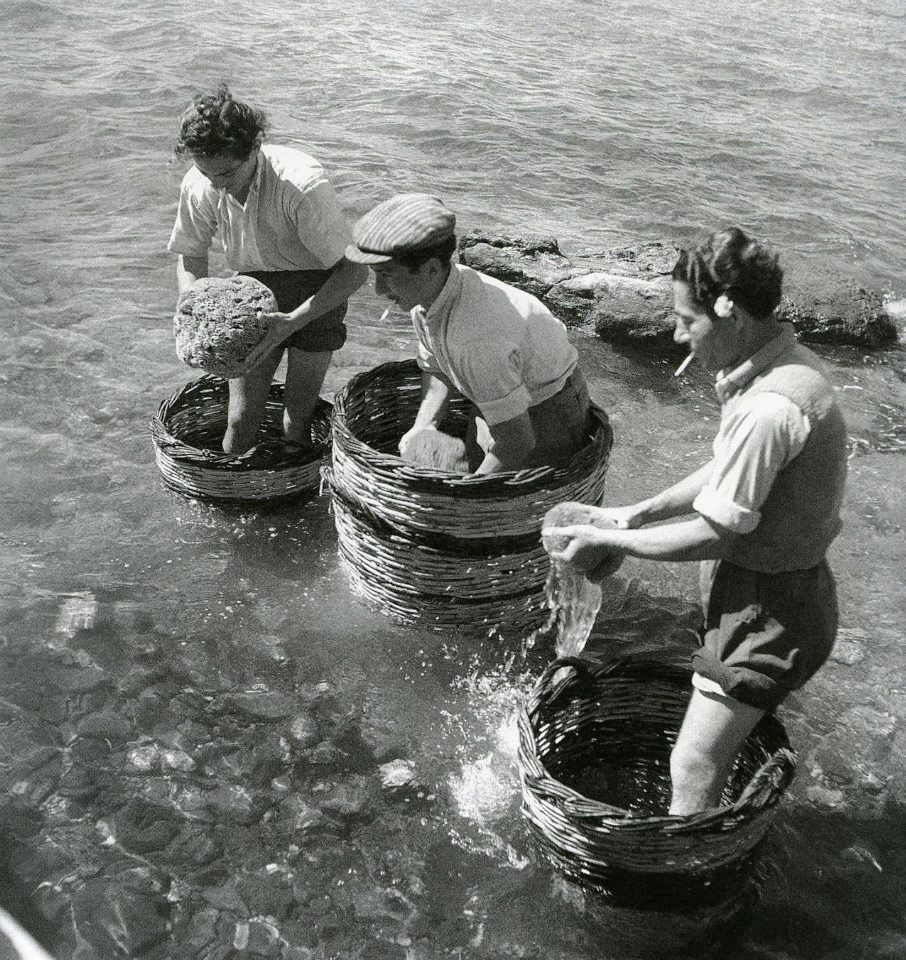
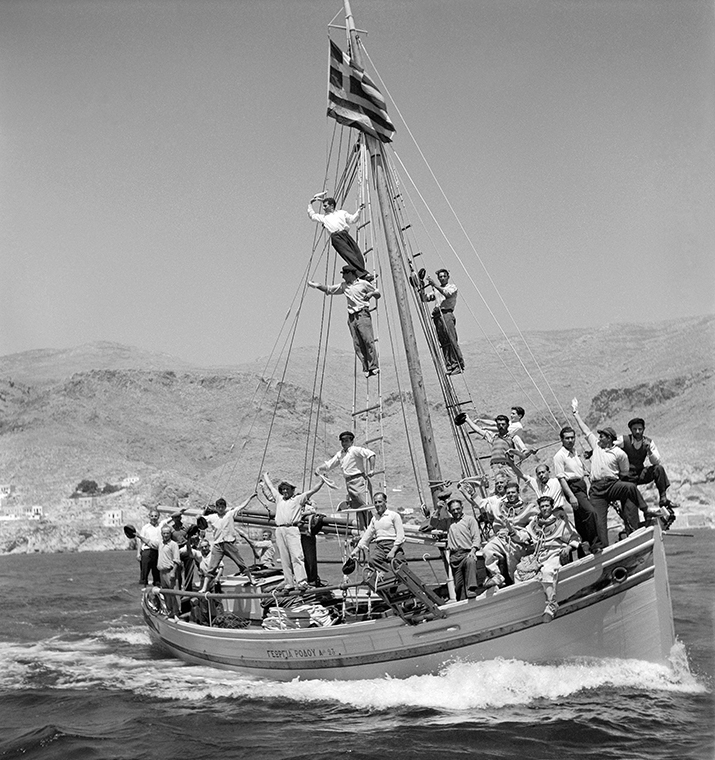
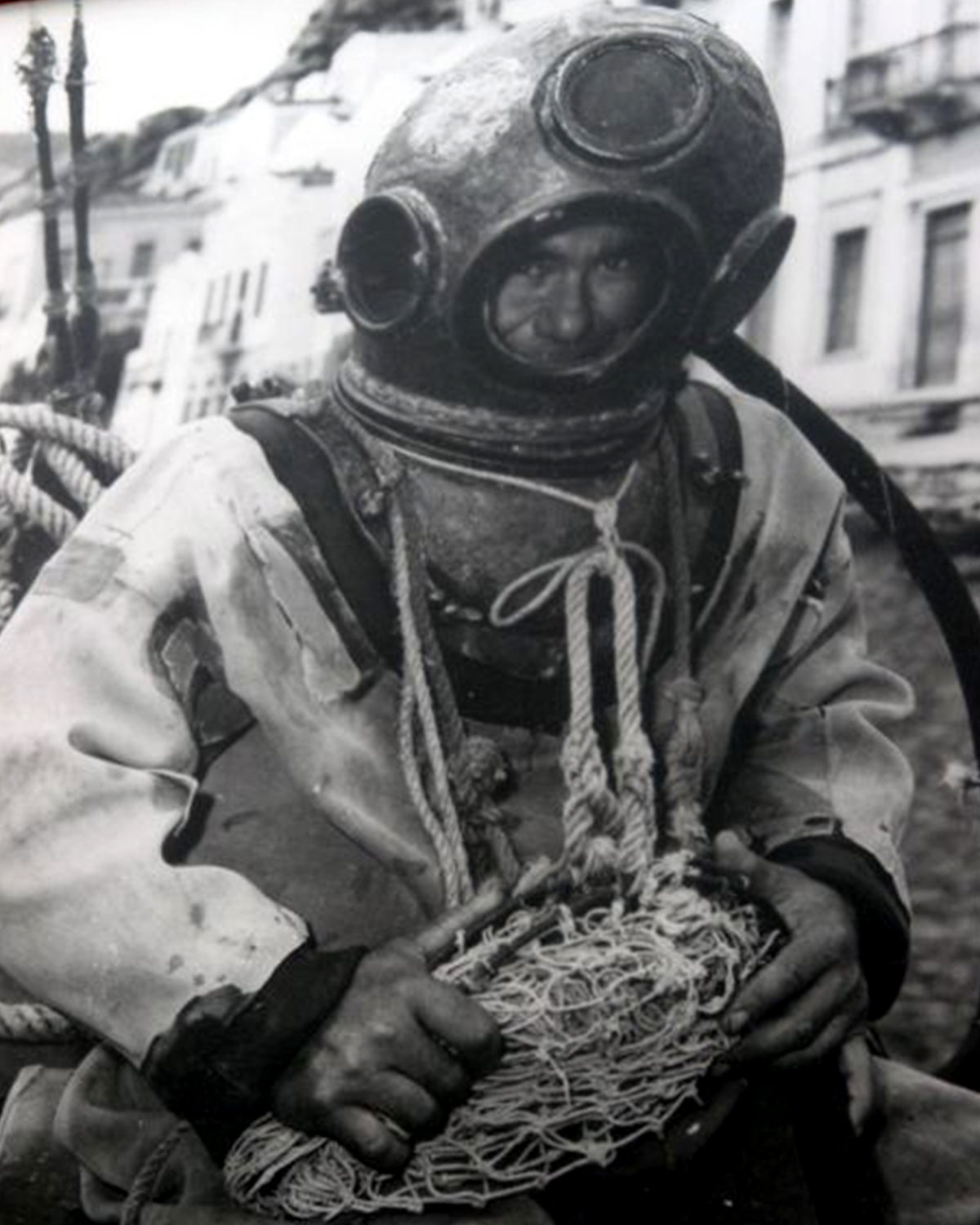
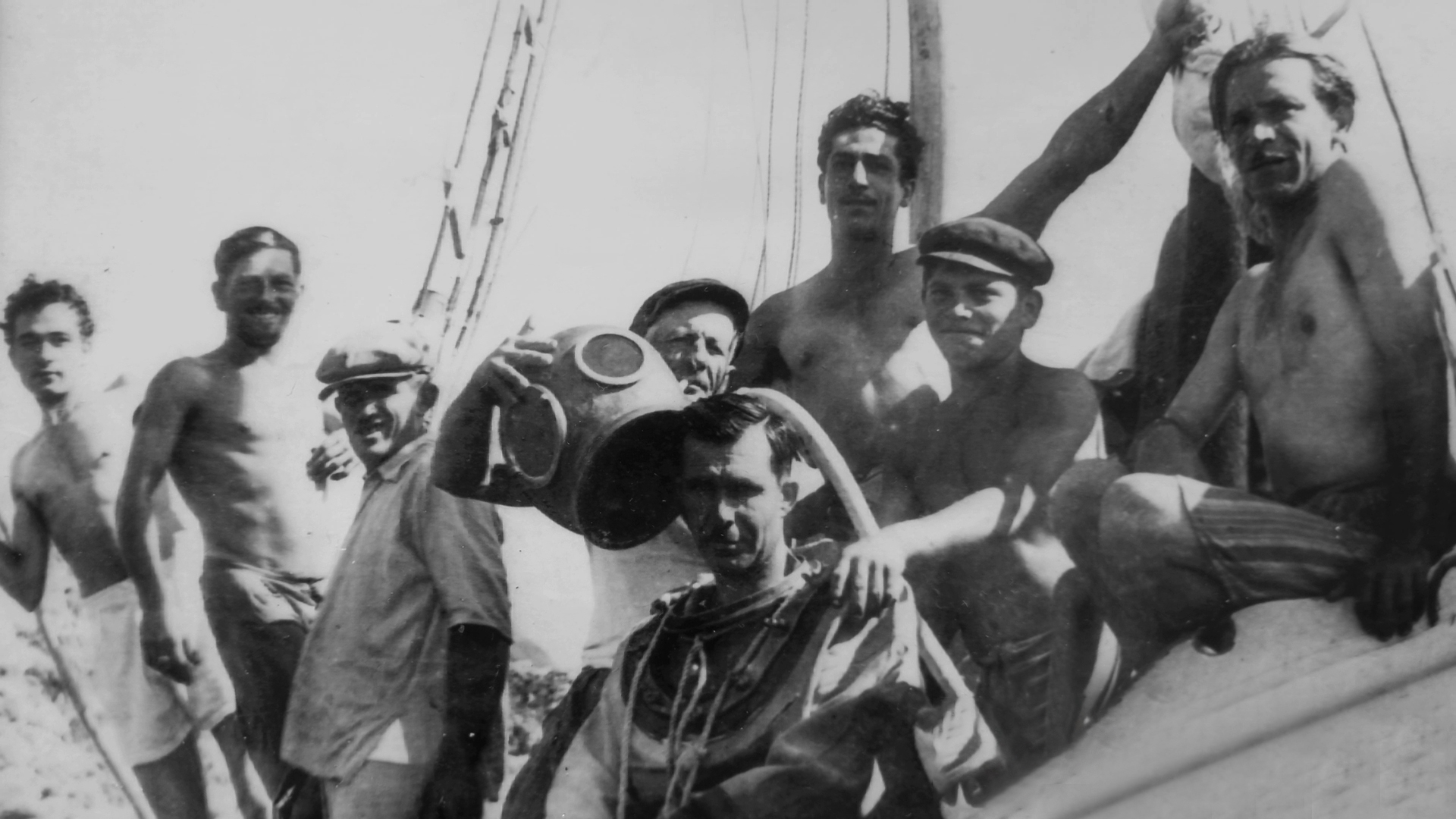
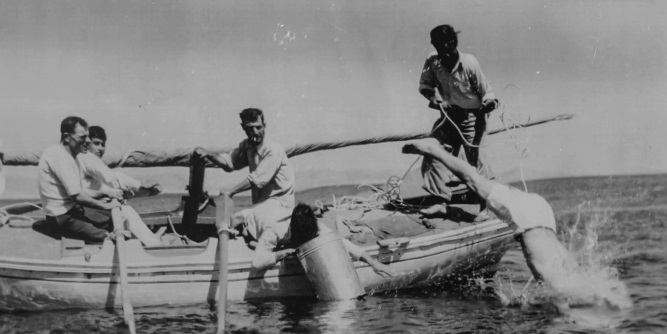
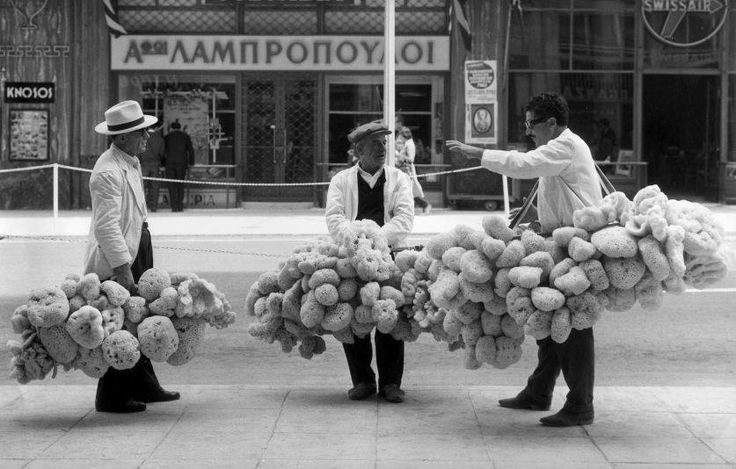
The Sponge Divers of Kalymnos in Dodecanese
Kalymnos sponge divers, renowned worldwide, were vital to the island's economy, undertaking perilous journeys to depths of up to 30 meters with minimal supplies. Their daring exploits sustained the local community, yielding precious sponges sold across markets, significantly boosting the island's prosperity. Through history, diving techniques evolved, from risky naked dives to safer yet still hazardous methods, showcasing divers' adaptability. Introduction of diving suits in the 1860s and advancements like the Fernez method marked pivotal moments. Despite dangers, pre-departure rituals united the island, symbolizing courage and determination. Their enduring legacy shapes both their livelihoods and the island's identity.
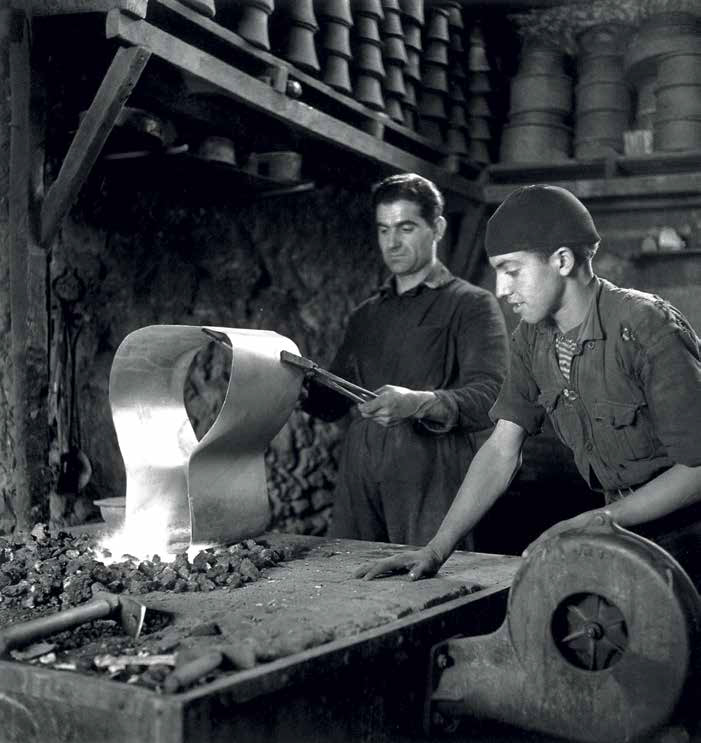
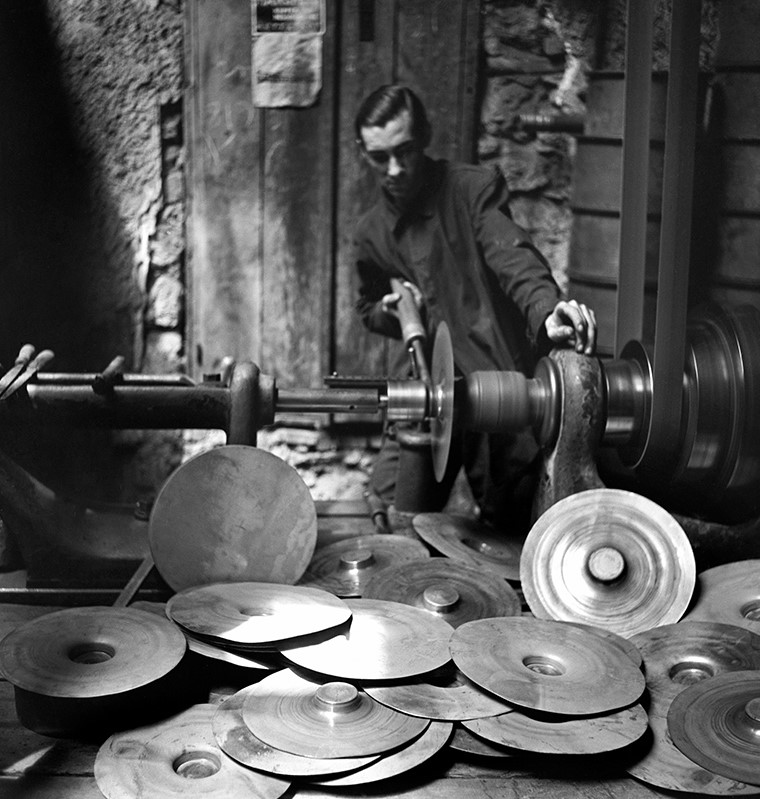
The Coppersmiths & Tinkers
The coppersmiths crafted copper items like pots, utensils and tools, with their interiors coated in tin to prevent poisoning. This tin coating required periodic renewal by a tinker. In the early 20th century, the tinker carried tools on his back, visiting homes to reapply the tin coating. His routine was precise - using a primus stove in courtyards, the tinker melted tin, cleaned utensils, applied liquid, rubbed with kourasani (grated tile), and used nisiantiri (ammonium chloride) to improve soldering. After vacuuming, the tinker spread melted solder with a cotton fabric and then submerged the vessel in a basin of cold water, ensuring a pristine kitchen companion for years to come.
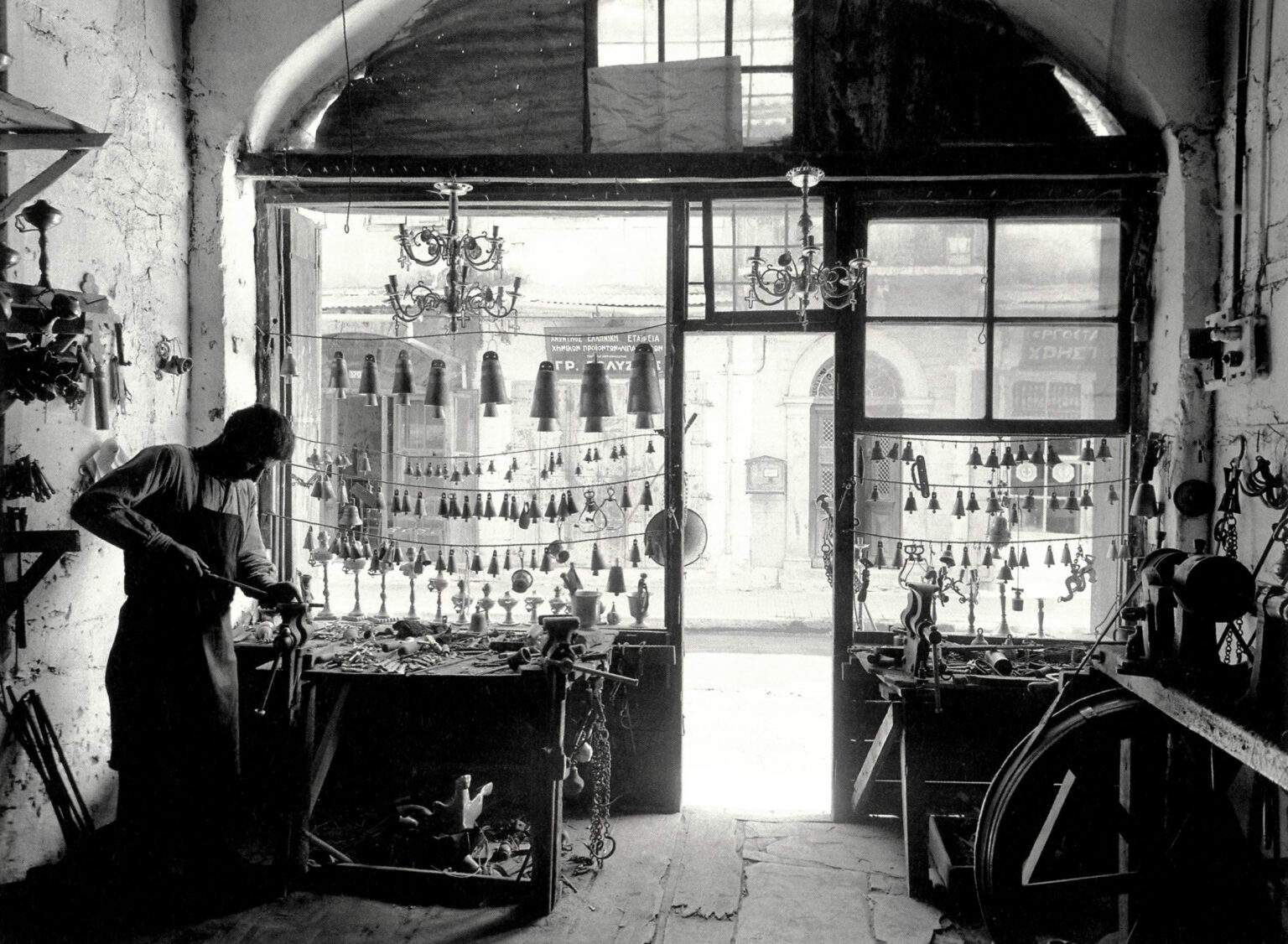
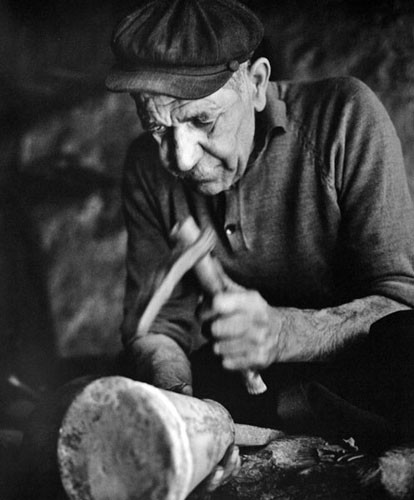
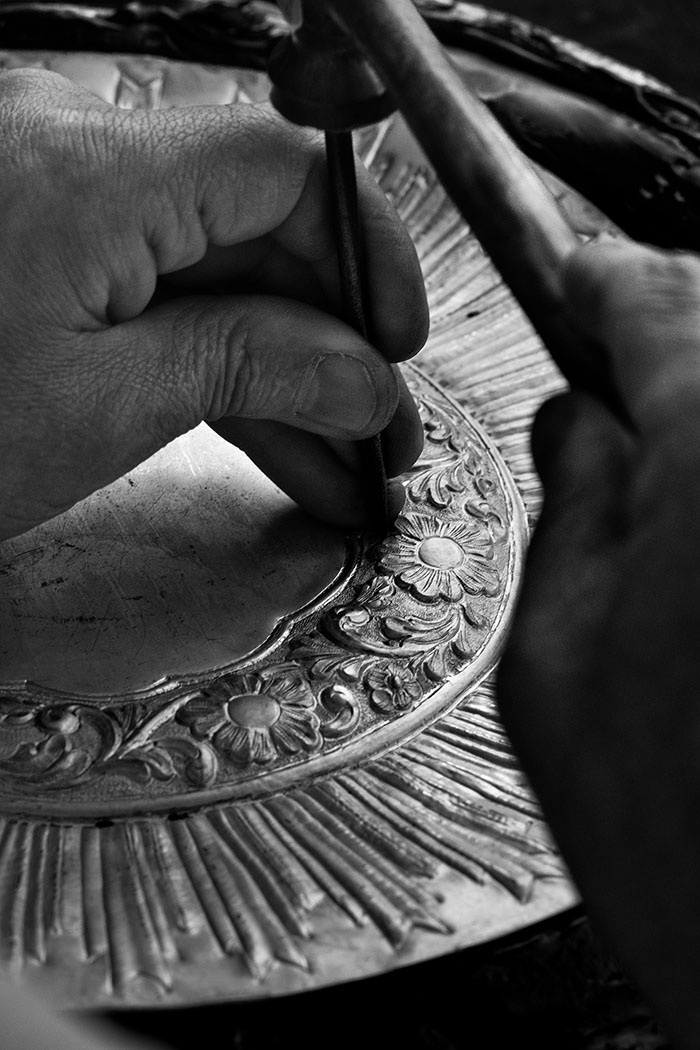
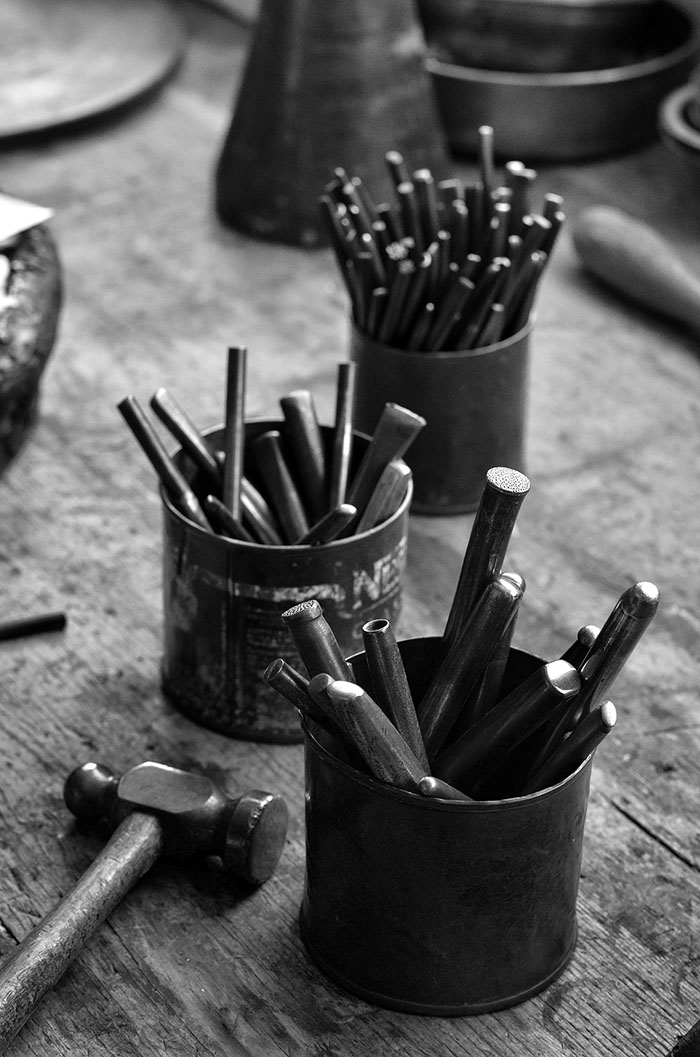
The Bell Makers
Bell crafting was a significant art, with farmers using differently sized bells on sheep based on age and season. Over time, all bells needed repair to restore their harmonious tones. Crafted from sheet metal by specialized artisans, these bells incorporated copper to enhance durability and acoustics. This skill was traditionally passed down through apprenticeships or family traditions.
The Carpenters and Woodcarvers of Chioniades in Epirus
The primary profession in the village of Chioniades was carpentry, with skilled artisans practicing woodcarving as a specialized craft. Carpenters, along with construction craftsmen and painters, traveled extensively, working on various woodworking projects like ceilings, doors, and altars across Northwestern Greece and Epirus. Some exceptional carpenters left their mark with artistic creations like intricate wooden constructions and ornate bridal chests, a notable decorative art in households, symbolizing both function and beauty.
The silversmiths of Ioannina in Epirus
The artistry of silver processing and jewellery production in the wider region of Ioannina holds deep roots, historically interwoven with the city's heritage. Stretching back to the Byzantine Empire, Ioannina became a hub for skilled silversmiths whose exquisite creations gained widespread recognition within Greece and beyond. Notably, the city established a specialized School of Silversmithing in the early 20th century, which significantly bolstered the local economy and fostered the evolution of this art form. Ioannina craftsmen exported their products to Belgrade, Venice, Bucharest, Prague, Vienna, Skopje, and Russia. The craftsmen's multi-generational dedication reflects their deep passion for their homeland, preserving a unique folk tradition.
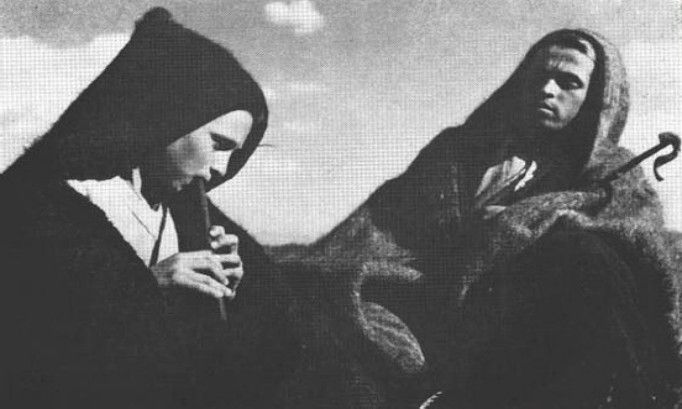
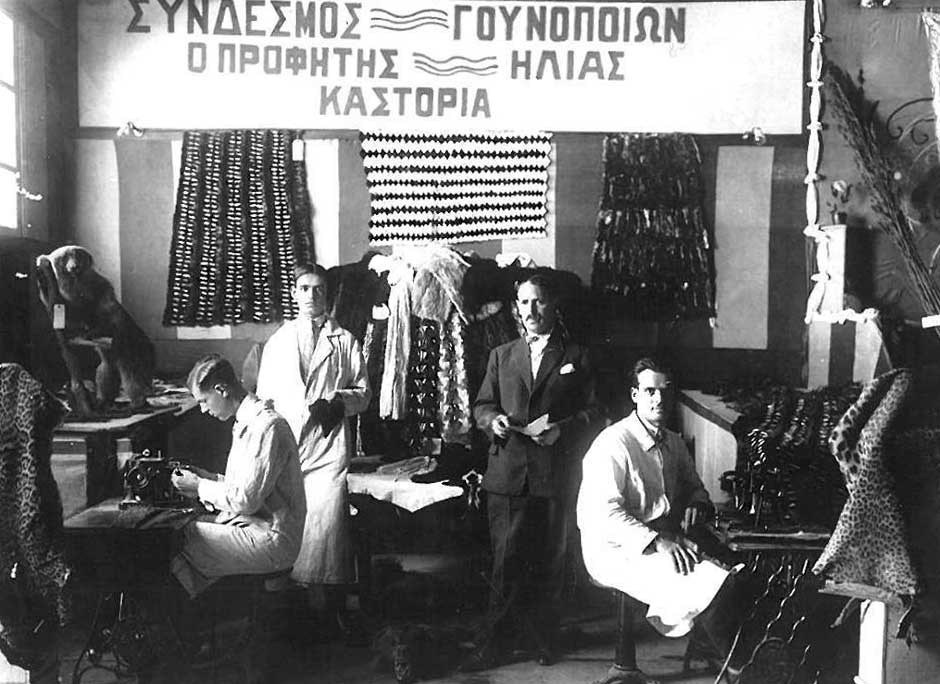
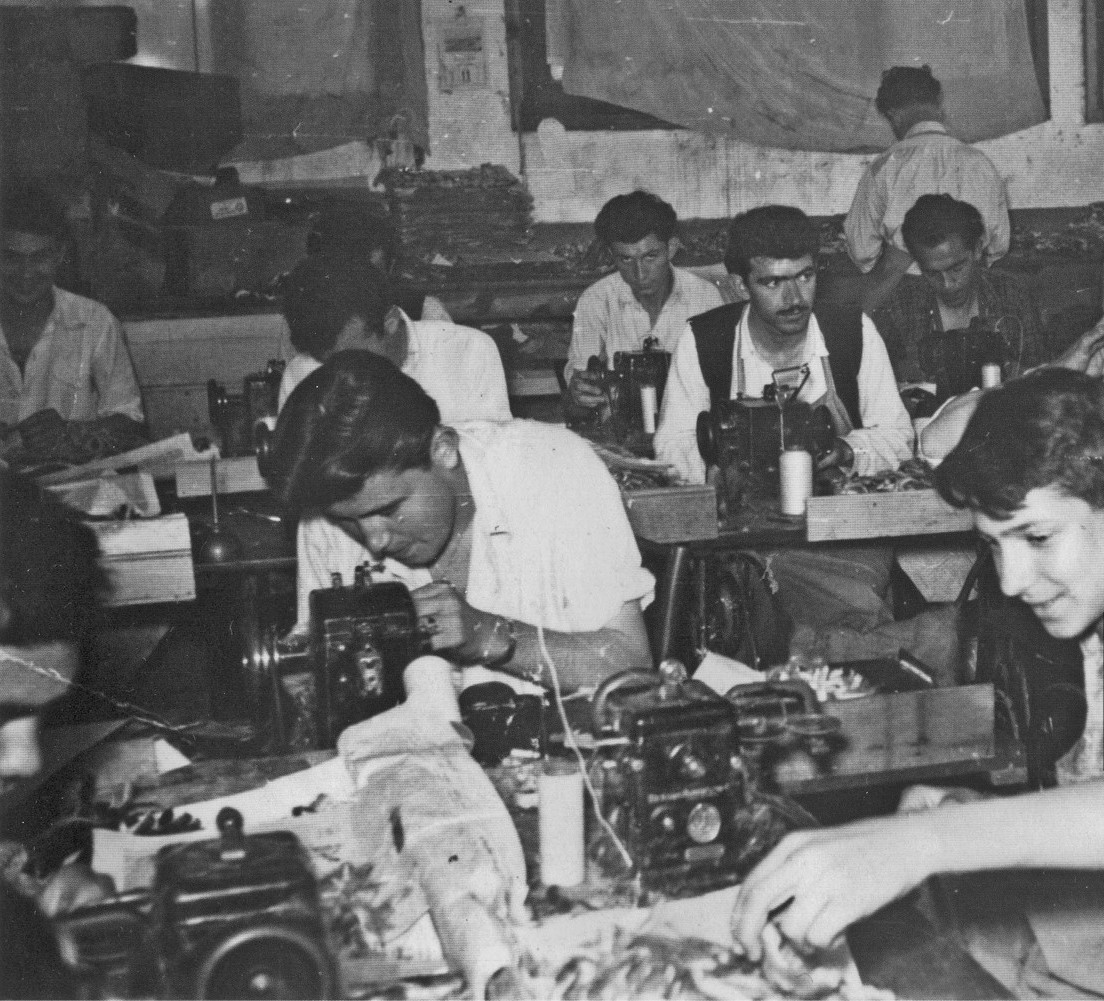
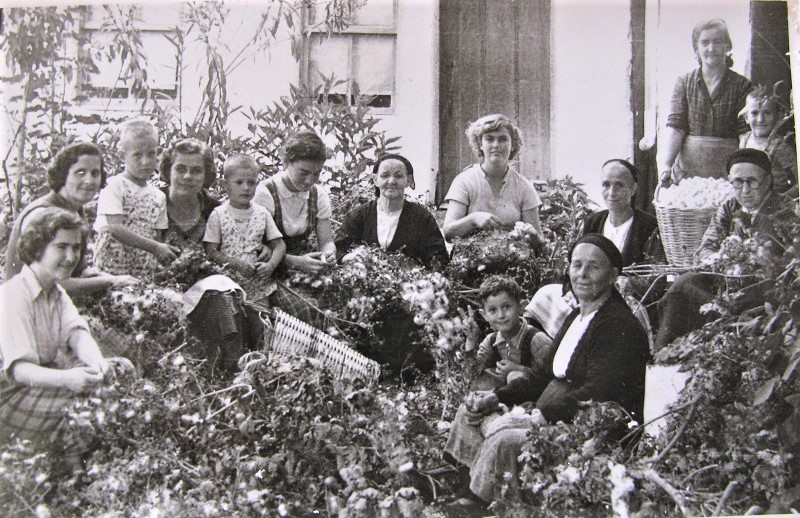
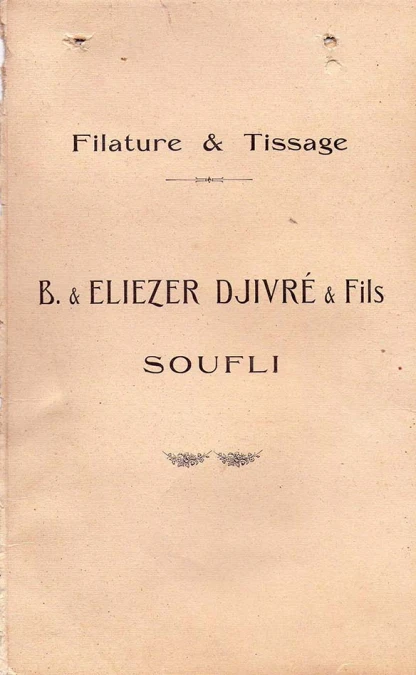
The Cloak-Tailors of Syrrako in Epirus
These artisans, known as "kapotades" or "kapades," specialized in crafting robust goat's wool cloaks in Syrrako and Tzoumerka. Using a unique waterproofing technique, these single-piece, hooded cloaks offered versatile protection against harsh weather and even doubled as beds. The craft was a family legacy, passing down through generations and evolving into a family surname. Armed with a thimble, scissors, measuring tape, and a unique fabric securing hook, these skilled artisans embarked on tailor expeditions across multiple regions, impacting villages and spreading the art of cloak-making.
The Furriers of Kastoria
The furrier craft in Kastoria spans five centuries, pivotal in the region's economy and cultural development. Kastorian furriers' influence extended to major urban centers of the Eastern Mediterranean and Western Europe, playing a pivotal social role in the survival and advancement of the Greek community. Their specialized work involved enhancing the fur of wild and domesticated animals to create items like coats, hats, and gloves. While historically rooted in Kastoria, the techniques and expertise in fur processing were likely honed by artisans who worked in Constantinople and later brought their knowledge to Kastoria due to its favorable conditions for fur processing, owing to the presence of abundant water and the craft of tanning. Nowadays, industrial processes have largely replaced traditional furrier practices.
The Silk Artisans of Soufli in Thrace
Soufli, a town steeped in the tradition of silk production in northeastern Greece, has a rich heritage in sericulture dating back centuries. Since the early 19th century, Soufli became renowned for its skilled craftsmen proficient in cultivating mulberry trees to feed silkworms and in the delicate art of silk reeling. The region's artisans mastered the spinning of silk threads and intricate weaving techniques on traditional looms, crafting luxurious silk fabrics, including brocades and velvets of exceptional quality. This industry became the town's economic backbone, flourishing until the mid-20th century, when global changes affected the demand for silk. Nonetheless, Soufli's silk craftsmanship remains a significant part of its cultural legacy, celebrated through local museums and annual silk festivals.
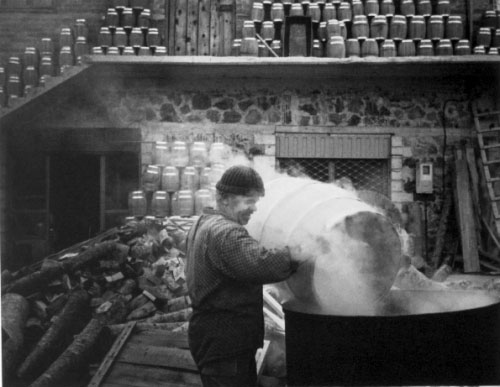
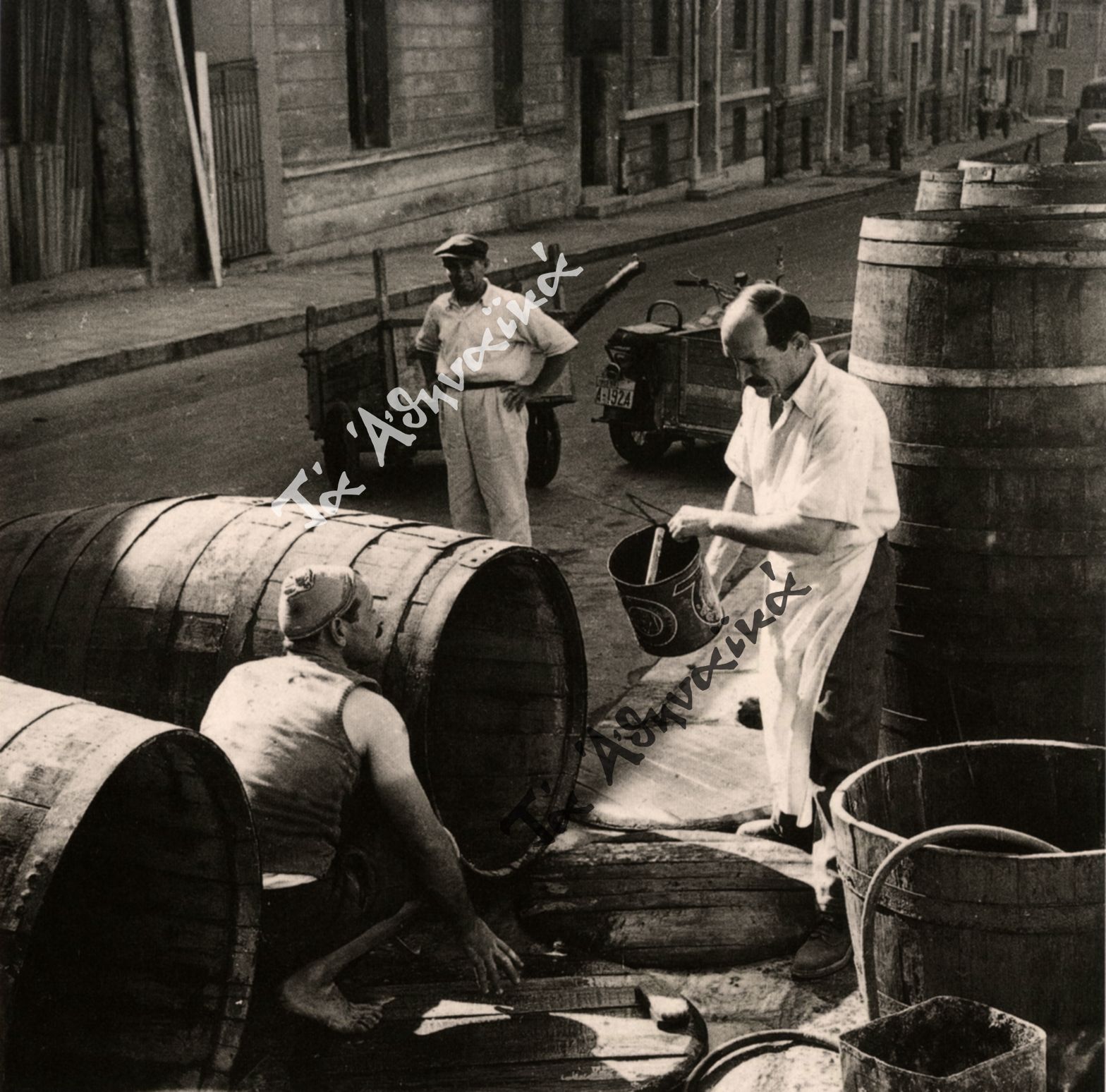
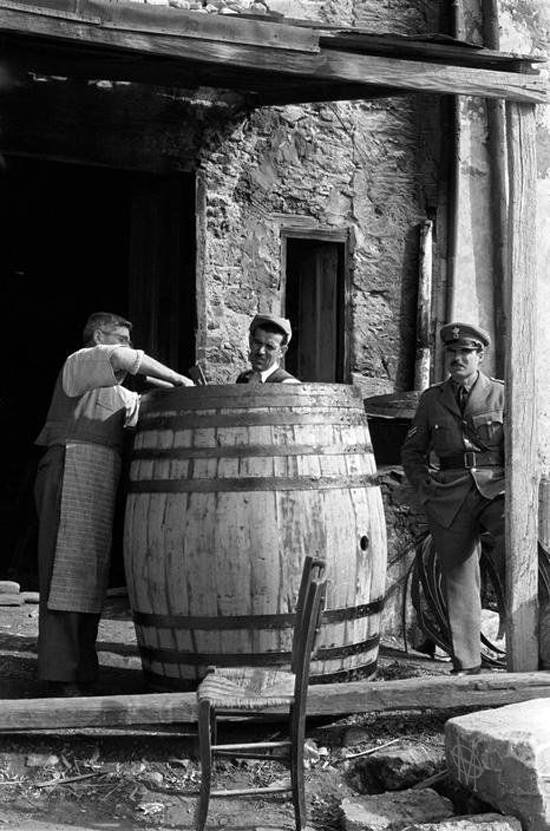
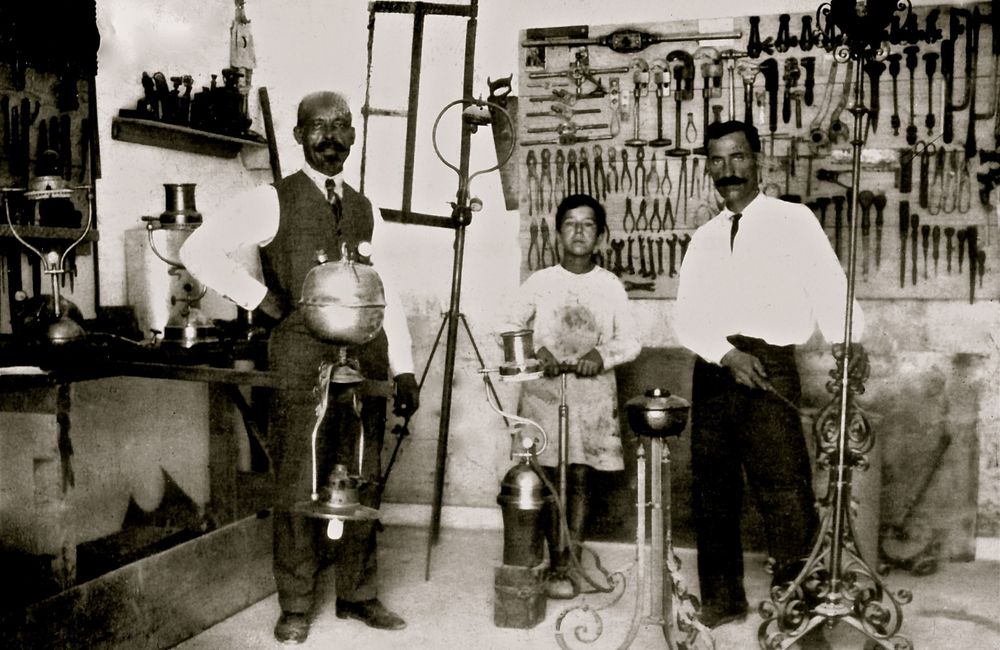
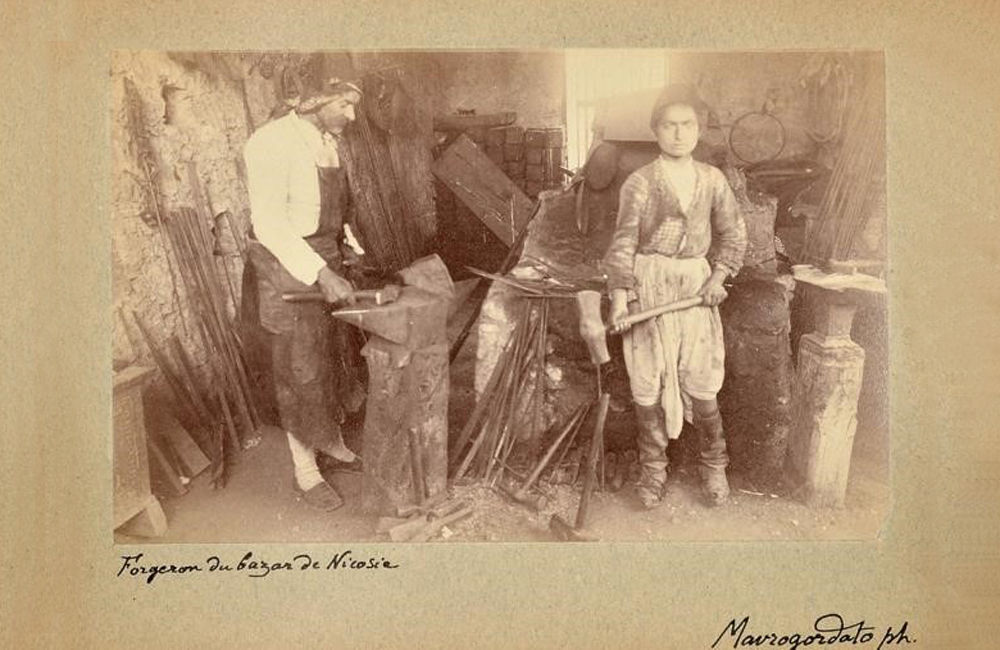
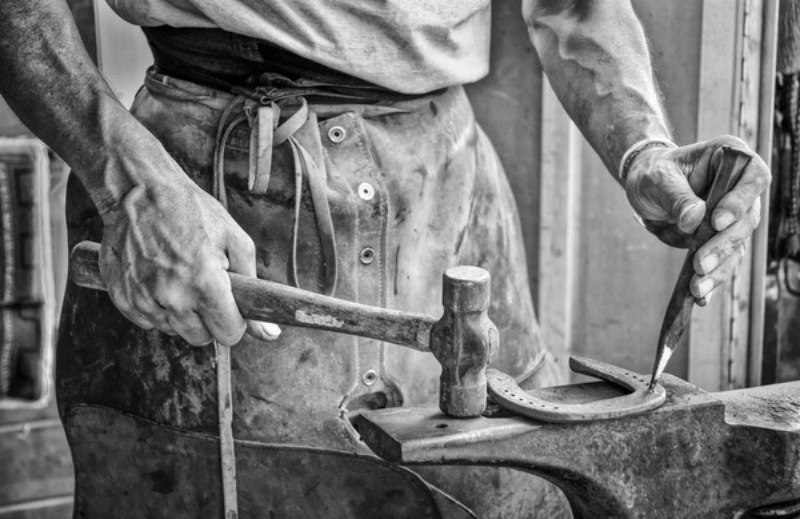
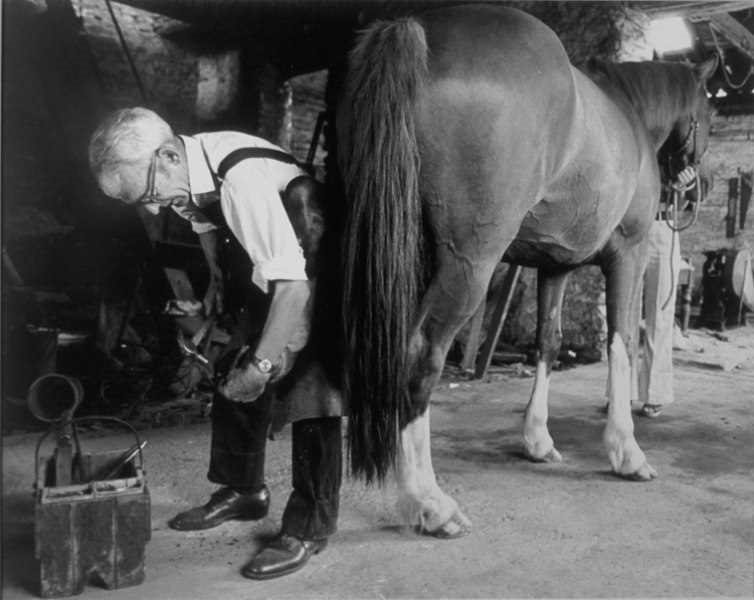
The Coopers
Coopering is a traditional craftsmanship that flourished for centuries, deeply rooted in the wine and viticulture industry since ancient times. These skilled craftsmen, known as coopers or barrel makers, once roamed villages, expertly crafting and repairing barrels used for wine storage and aging. As urban areas expanded, coopering evolved into small to large-scale workshops meeting the growing demand for barrels, particularly during the significant growth of winemaking and distillation in the 19th and 20th centuries. These barrels were essential in wine shops, taverns, and industrial units, even used for packaging exported goods like raisins. However, the traditional wooden barrel has gradually given way to modern materials and alternative packaging, leading to a decline in the coopering trade in recent years.
The Blacksmiths
The blacksmiths, also known as a metalworkers or ironworkers, handcrafted various metal items, primarily using iron. They heated the metals in a large forge fueled by burning coals, maintaining a high temperature by blowing air with a bellows. This softened the metals, allowing for shaping on a large anvil. By hammering the red-hot iron, the blacksmiths formed it into desired shapes. It was demanding labor, requiring endurance and strength due to the heaviness of the irons and the intense heat.
The Farriers
Back in the years, the usage of horses, mules and donkeys was indispensable for household tasks, managed by the "farriers", who fitted animals with metal shoes, primarily made of iron. Using tools like a hammer, tongs, a "ranch" knife, and nails, they immobilized the animal's foot, trimmed hooves, and crafted iron horseshoes by hand at the anvil, to ensure the animals could traverse rough paths without injury, maintaining their balance. Farriers often doubled as blacksmiths and, in some cases, practical veterinarians, their craft demanding expertise, skill, and experience in shoeing and caring for animals.
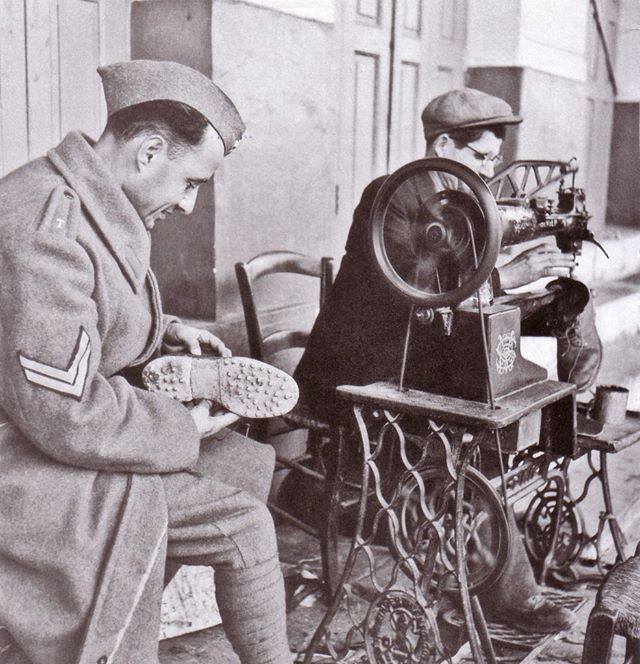
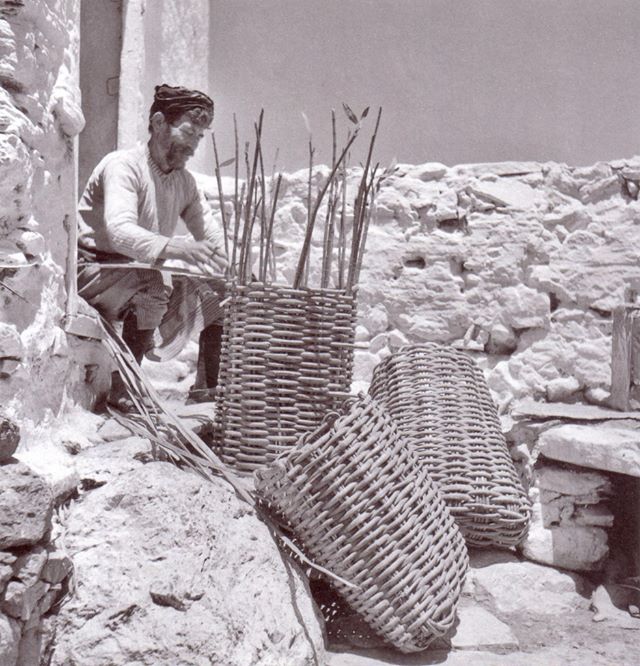
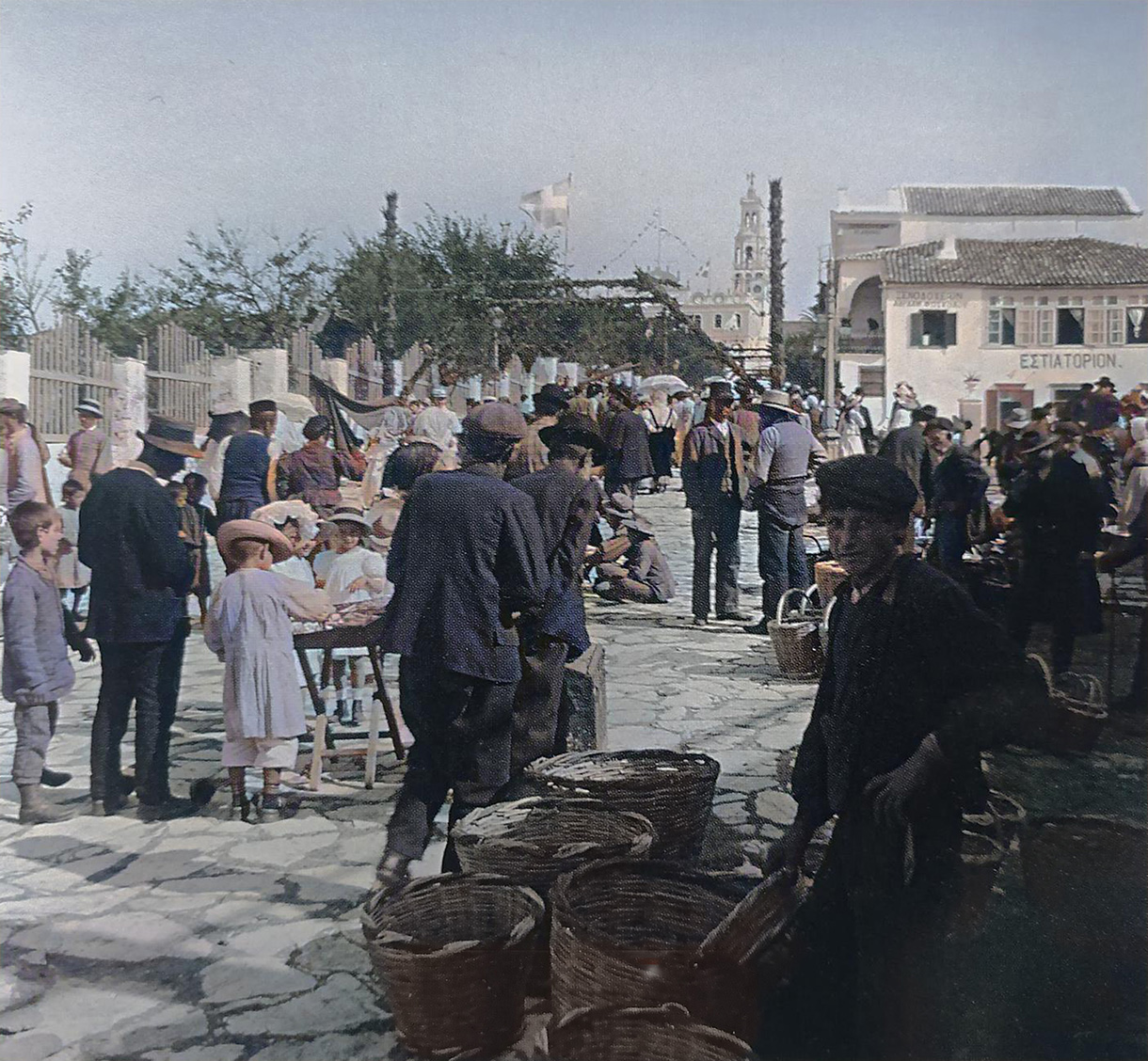
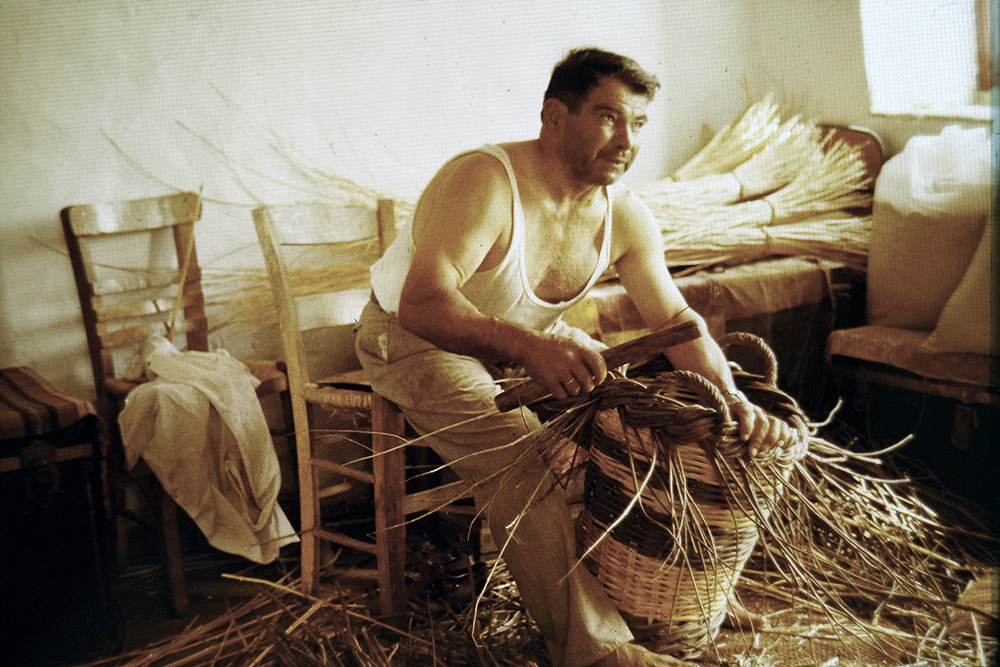
The Shoe Menders
Diligent and committed, the itinerant shoe mender was a familiar presence in urban neighborhoods, offering morning and afternoon services with a shoulder bag equipped with essential tools such as hammers, awls, nails, wooden pegs, glue, and rubber from old car tires. Wearing a leather apron to prevent stains, often marked with varnish, he efficiently repaired shoes for a modest fee, typically charging 1-3 drachmas per item, while sole repairs cost 10 drachmas in 1918.
The Basket Weavers
Basket weavers, custodians of an ancient craft spanning Greece from the Aegean islands to Pindos' rugged landscapes, create durable, utilitarian baskets from robust rods, leaving a cultural legacy. Despite historical significance, preserving this craft encounters contemporary challenges in regions like Evros to Crete. Historically essential for rural life, basket weaving tailored baskets for agricultural needs and harvesting, showcasing artisans' adaptability and creativity in varied techniques, sizes, and shapes.
